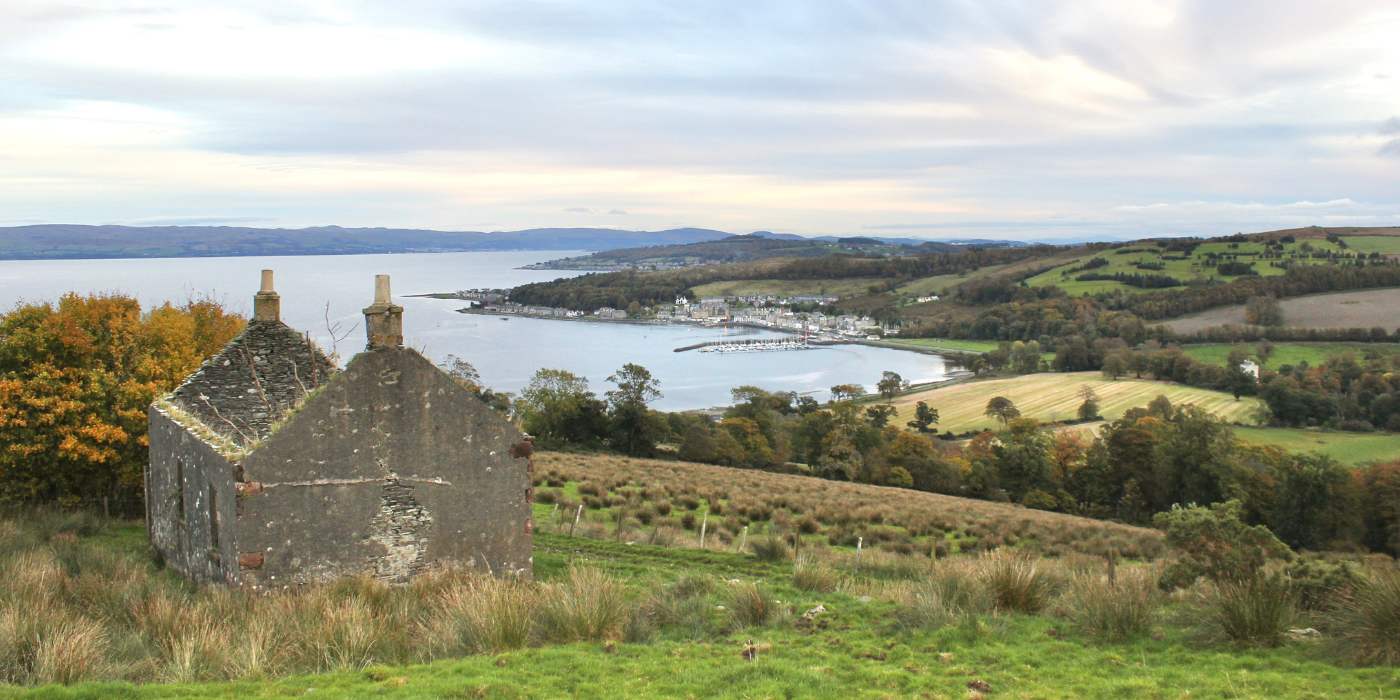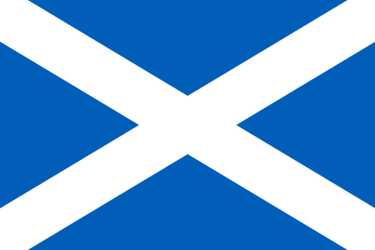

The best time to visit the Isle of Bute is from May to September, when the weather is mild, gardens are in bloom, and ferries run frequently. Summer brings long daylight hours, beach picnics, and local festivals. Spring and early autumn offer peaceful landscapes, migratory birdwatching, and misty lochside walks.
Winter is cold and quiet, with limited services, but it’s ideal for cozy retreats, roaring fireplaces, and stormy sea views.
Do you need a visa to visit the island?
No visa is required for UK citizens or EU/EEA nationals for short stays. Travelers from the US, Canada, Australia, and New Zealand can visit visa-free for up to 6 months. The Isle of Bute follows the same entry rules as the rest of the United Kingdom.
What is the best way to get to the island?
Take a train from Glasgow to Wemyss Bay, then catch the 35-minute CalMac ferry to Rothesay. You can also drive to Wemyss Bay and bring your car across on the ferry. The journey from Glasgow is scenic and takes about 1.5 to 2 hours in total.
Should I rent a car on the island?
It’s not essential, but helpful if you want to reach remote beaches, hilltops, or the southern tip. Public buses connect main towns, and cycling is popular thanks to quiet roads. For walkers, most sights around Rothesay are accessible without a car.
Is the island wheelchair accessible?
Yes, to a reasonable extent. Rothesay town center, Mount Stuart, and several beaches offer wheelchair access and facilities. Some older attractions and steep countryside areas may be more challenging—check with venues before visiting.
What are the island’s most famous landmarks?
The standout attraction is Mount Stuart House, a Gothic-revival mansion with stunning gardens. Other must-sees include Rothesay Castle, Ettrick Bay, the Victorian Toilets, and Scalpsie Bay, known for its seal population.
What are the best beaches on the island?
Ettrick Bay is the most popular—long, golden, and perfect for swimming or walking. Scalpsie Bay is quieter and more wild, while Kilchattan Bay offers peaceful views and shell-hunting. All are ideal for picnics and beachcombing.
What is unique about the island’s wildlife?
Bute is home to red deer, otters, seals, and over 700 species of plants. Birdwatchers may spot eagles, oystercatchers, herons, and seasonal migrants. Scalpsie Bay is a hotspot for watching seals sunbathe on rocks.
What traditional foods should you try on the island?
Sample local seafood, Ardscalpsie Farm beef, Scottish tablet, and Bute cheddar. Try fresh fish and chips in Rothesay, or enjoy homemade cakes in tearooms overlooking the sea.
Can you drink tap water on the island?
Yes. Tap water is clean, safe, and fresh, sourced from local lochs and reservoirs.
What is the nightlife like on the island?
Bute offers a calm and traditional nightlife—think cozy pubs with live folk music, community theater performances, and seaside sunset walks. No nightclubs here, just warm hospitality and stargazing.
How can I stay connected to the internet on the island?
Most accommodations, cafés, and restaurants offer free Wi-Fi. Mobile signal is generally good in Rothesay and along main roads, but patchy in remote corners of the island.
What are some local souvenirs to bring home?
Look for Scottish wool scarves, artisan soap, sea glass jewelry, Bute Brew Co. craft beers, handmade pottery, and local jams and chutneys.
